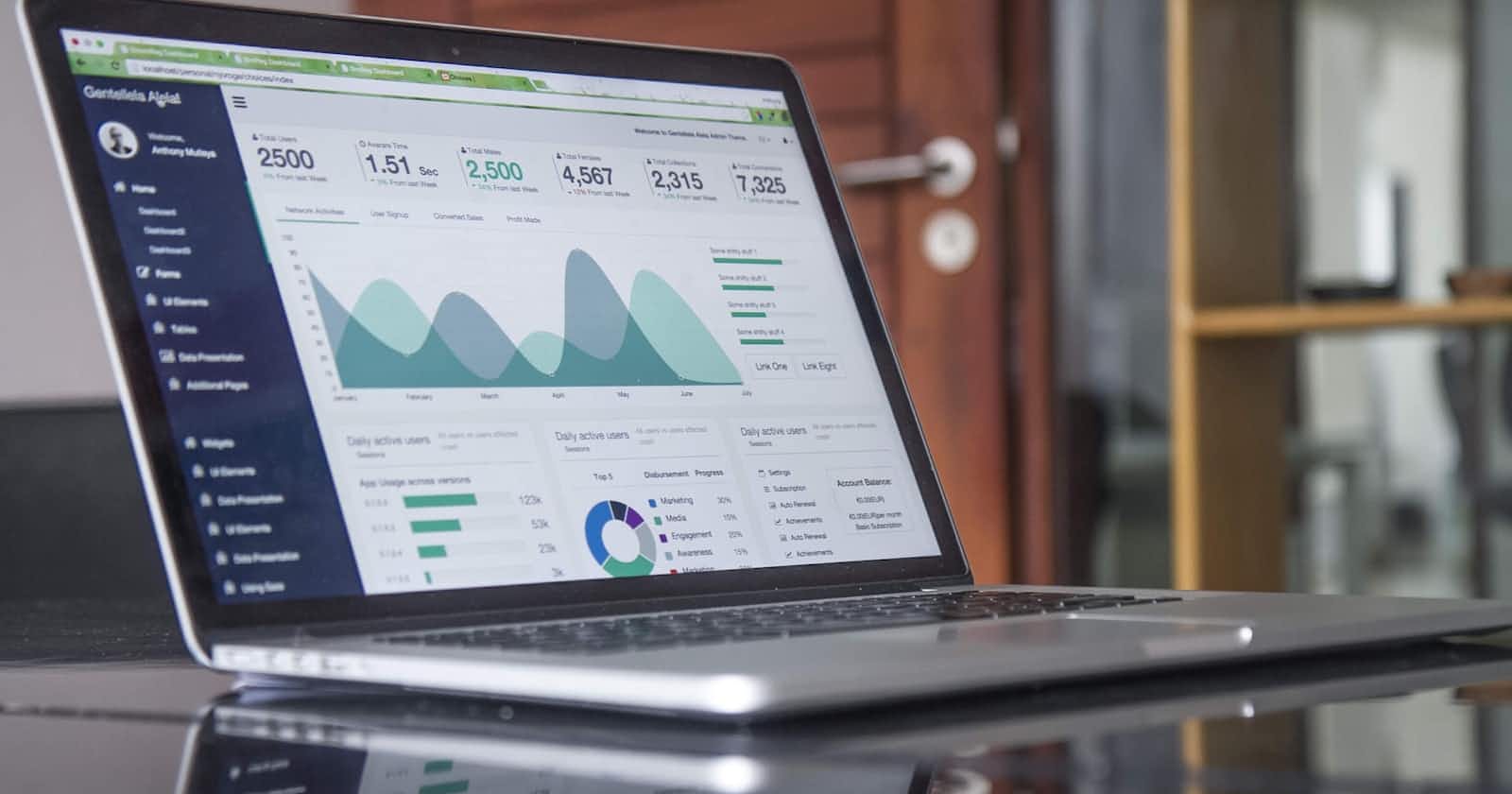Data is the new oil. Not literally, but this means that data is really valuable in this era that we are currently living in. Raw data in itself is not as valuable, but the information extracted from the raw data is very valuable. This extraction of valuable information is done using the discipline of data science.
Here is a video where some people in tech speak of why data is the new oil.
Data Science is the study of data to extract meaningful insights from it. IBM defined data science in this way:
Data science combines math and statistics, specialized programming, advanced analytics, artificial intelligence (AI), and machine learning with specific subject matter expertise to uncover actionable insights hidden in an organization’s data. These insights can be used to guide decision making and strategic planning.
One of the powerful tools that data scientists use is the python programming language, which you are going to get an overview of in this article. There are other tools and languages like R which is used to handle, store and analyze data and for doing data analysis and statistical modeling. In simple terms, R is an environment for statistical analysis. There is also SAS (Statistical Analytical System.) which is a tool for advanced analytics and complex statistical operations.
The big question is: why python? Below are a few reasons why data scientists prefer python:
Python has powerful mathematical and statistical tools for data analysis and exploration. This is one of the primary reasons that data scientists prefer to use Python.
Data scientists prefer Python because of its ability to handle large data sets, and also incorporate machine learning and modeling because of its rich machine learning libraries.
Python is easy to learn and use, due to its focus on simplicity and readability.
Python Libraries for Data Analysis.
The following are examples of the top 20 python libraries that are essential for data analysis and are you need to import them to work with them.
NumPy
Pandas
Matplotlib
SciKit-Learn
TensorFlow
SciPy
Keras
PyTorch
Scrappy
BeautifulSoup
LightGBM
ELI5
Theano
NuPIC
Ramp
Pipenv
Bob
PyBrain
Caffe2
Chainer
Let’s have a look at the first four libraries as they are very important in beginning to learn about data analysis.
- Numpy
NumPy is the most fundamental library for scientific computing with Python and is mostly used for finding solutions to matrix problems.
- Pandas
Pandas is used for data manipulation and analysis.
- Matplotlib
Matplotlib is a powerful library for Data Visualization using histograms, pie charts, and bar graphs.
- SciKit-Learn
SciKit-Learn is a library that focuses on building machine learning models and provides a range of supervised and unsupervised Machine Learning Algorithms.
- Seaborn
Seaborn is a data visualization library based on matplotlib and it provides a high-level interface for drawing attractive and informative statistical graphics.
The above libraries can be imported as follows:


